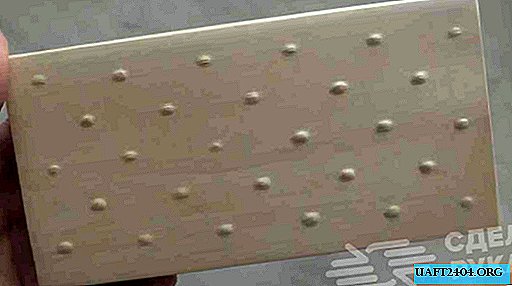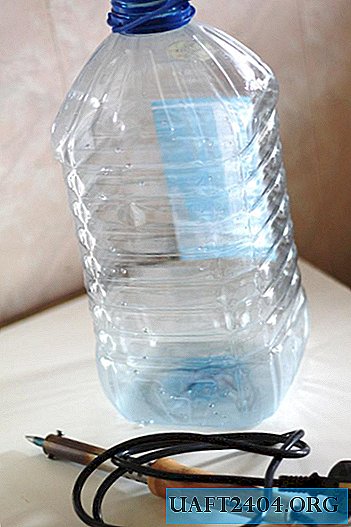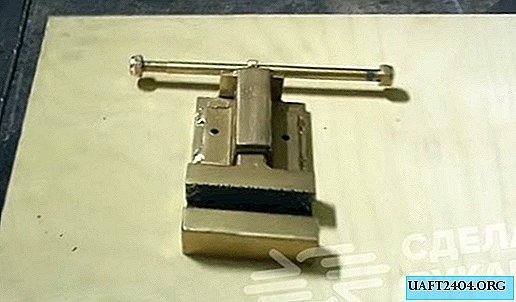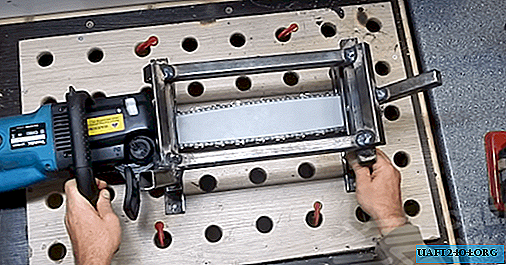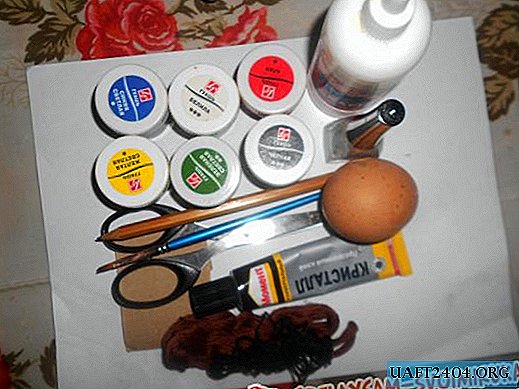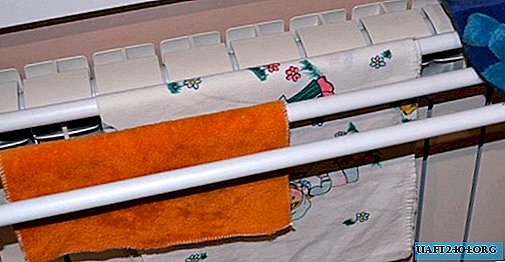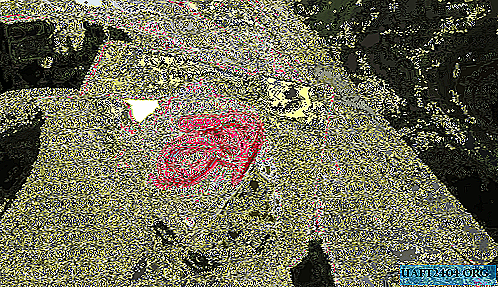
One of the main problems when working with putty is its subsequent shrinkage (drawdown, you can call it differently). There can be several reasons for shrinkage.
Violation of application technology
• too thick layer for this type of material
• mismatch in proportion with hardener
• not uniform mixing with hardener
• whipping instead of mixing (due to the formation of air bubbles in the mass)
• putty applied to a layer of old material (a thick layer of paint or other putty)
• interlayer drying is not sustained

Incorrect abrasive materials
• work with sandpaper of large gradation
• risk from large abrasive is not removed by smaller
• the surface before application is improperly prepared (the risk is too large or gloss appears on the back)
It is also considered that work with water is contraindicated, since the car putty material is porous and must absorb capillary moisture, which reaches the metal surface, rust is formed and the putty will simply disappear. In practice, short-term operation with moisture-resistant sandpaper before applying the soil does not give such an effect. Nevertheless, the operation of a car with putty or primed elements after some time will lead to the penetration of moisture to the metal surface, but this takes some time. Correct in this case will be the complete removal of the applied materials.
Work with putty
It is very important to read the instructions on the packaging, in principle, the entire technical process is fully considered there. Description of work in the form of drawings of schemes: duration and temperature of drying, gradation of abrasive (sandpaper), methods of applying the material. After the new jar is open, you need to carefully move the contents, namely mix with a spatula or spatula, and not beat with a piece of electrode or a screwdriver. Protective measures include working in a respirator in a well-ventilated area, the temperature in which should not be low or high (preferably 18-20 ° C).

